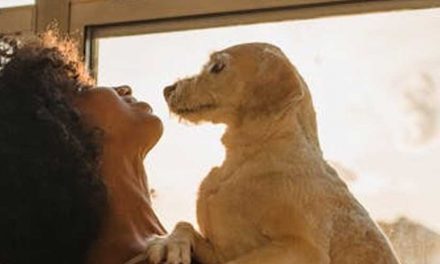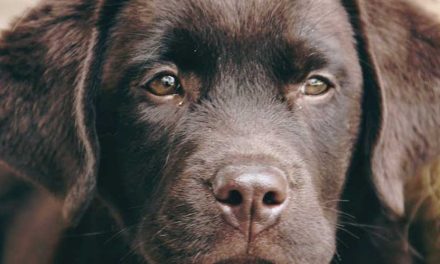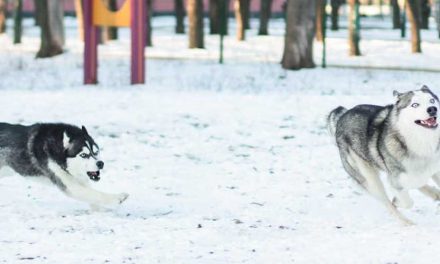Understanding a dog’s behavior often requires a glimpse into their primal instincts.
Among these instincts, the “fight or flight” response is a critical survival mechanism, allowing dogs to react swiftly to perceived threats.
This reflex is deeply rooted in their evolutionary history and is influenced by a variety of factors including genetics, environment, and training.
The Origins of Instinct
Dogs, descended from wolves, share a lineage that is rich in survival instincts.
In the wild, a wolf faced with danger must decide whether to stay and fight or to flee to safety.
This natural response is essential for survival, dictating how animals interact with their environment.
Although domestic dogs are not typically faced with life-or-death situations, these fundamental instincts remain ingrained in their behavior.
The Fight Response
When a dog perceives a threat and decides to confront it, the fight response kicks in.
This reaction can manifest in various behaviors, such as barking, growling, or even lunging at the object of fear.
The fight response is often observed in dogs that feel cornered or overly protective of their territory or family.
It can stem from fear, dominance, or frustration.
Certain dog breeds, particularly those bred for guarding or protection, may exhibit a stronger fight response due to their genetics.
However, environmental factors, such as past traumatic experiences, can also contribute to a dog’s tendency to react aggressively.
It’s important for dog owners to recognize these signals and understand that aggression often stems from fear or a desire to defend rather than pure malice.
The Flight Response
On the other side of the spectrum is the flight response.
Many dogs will choose to remove themselves from a threatening situation rather than confront it.
This instinctual behavior can manifest as hiding, running away, or avoiding eye contact.
Dogs that are naturally more timid or have had negative experiences with aggression are more likely to adopt the flight response in stressful situations.
Environmental influences, such as noise—think thunderstorms or fireworks—can also trigger this response.
For those dogs, creating a safe, calm environment can help manage their anxiety and reduce the likelihood of fleeing.
Influencing Factors
While the fight or flight response is instinctive, several factors can influence how a dog reacts in a given situation:
1. Genetics:
Some breeds have a higher predisposition toward aggressive or fearful behaviors due to their breeding history.
2. Socialization:
Dogs that are well-socialized tend to handle new and frightening experiences better than those that have been isolated from various stimuli.
3. Training:
Through positive reinforcement and proper training techniques, owners can help dogs learn more adaptive responses to perceived threats.
4. Past Experiences:
A dog’s history can play a significant role in shaping its responses.
Dogs that have been abused or neglected may be more prone to fear-based reactions.
Managing Responses
Understanding a dog’s fight or flight responses is vital for responsible pet ownership.
Recognizing the signs of fear or aggression can help mitigate situations before they escalate.
Training and socialization are key in helping dogs respond more appropriately to stressors.
For those dealing with a fearful or aggressive dog, seeking guidance from a professional dog trainer or behaviorist can be invaluable.
Techniques such as desensitization and counter-conditioning can help alter a dog’s instinctive reactions over time.
Conclusion
The instinctive impulses of fight or flight play a significant role in a dog’s behavior.
By understanding these instincts, dog owners can foster a healthier, more balanced environment for their pets.
The goal is to help our canine companions navigate the world with confidence rather than fear, allowing them to thrive as loving members of our families.









